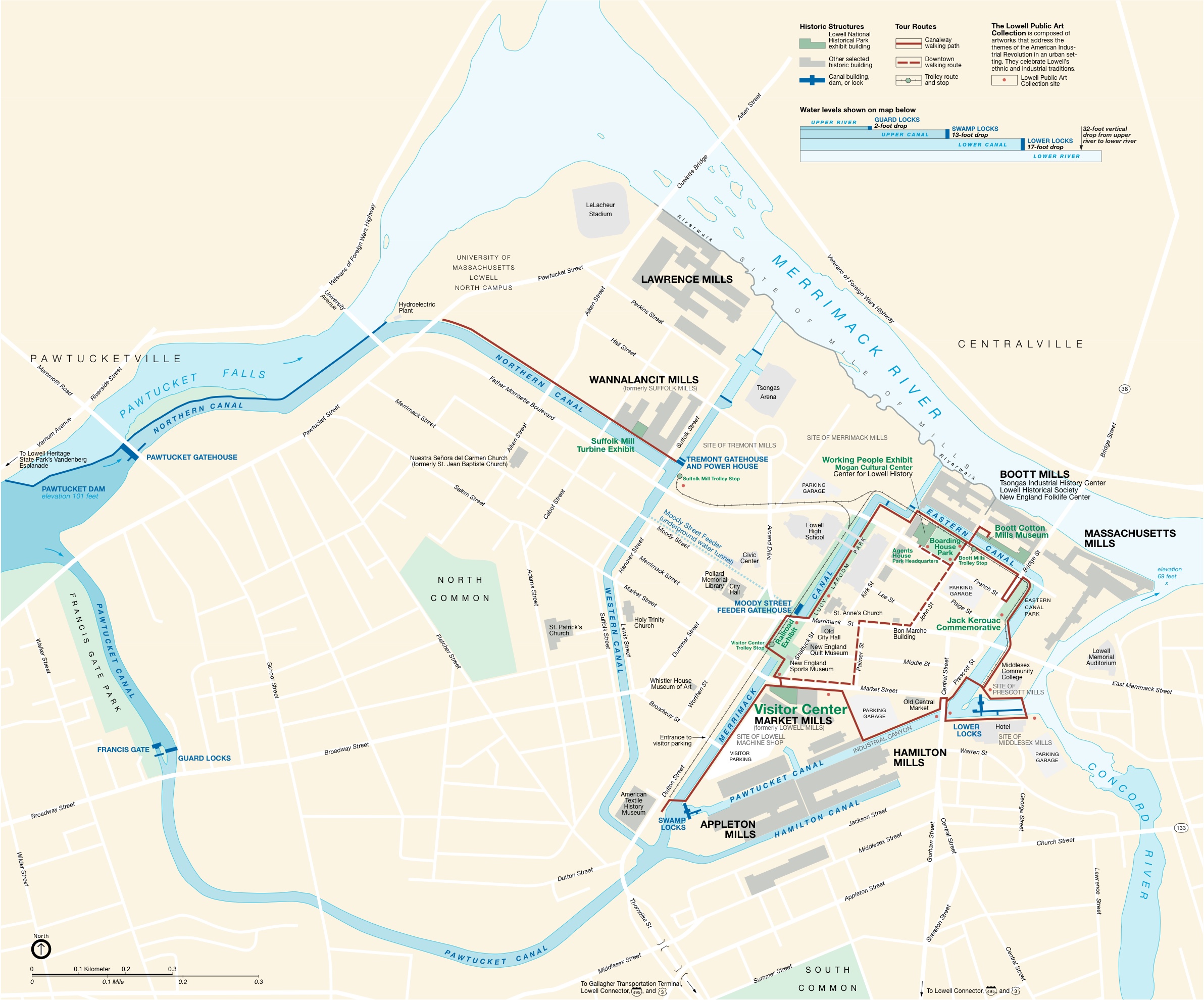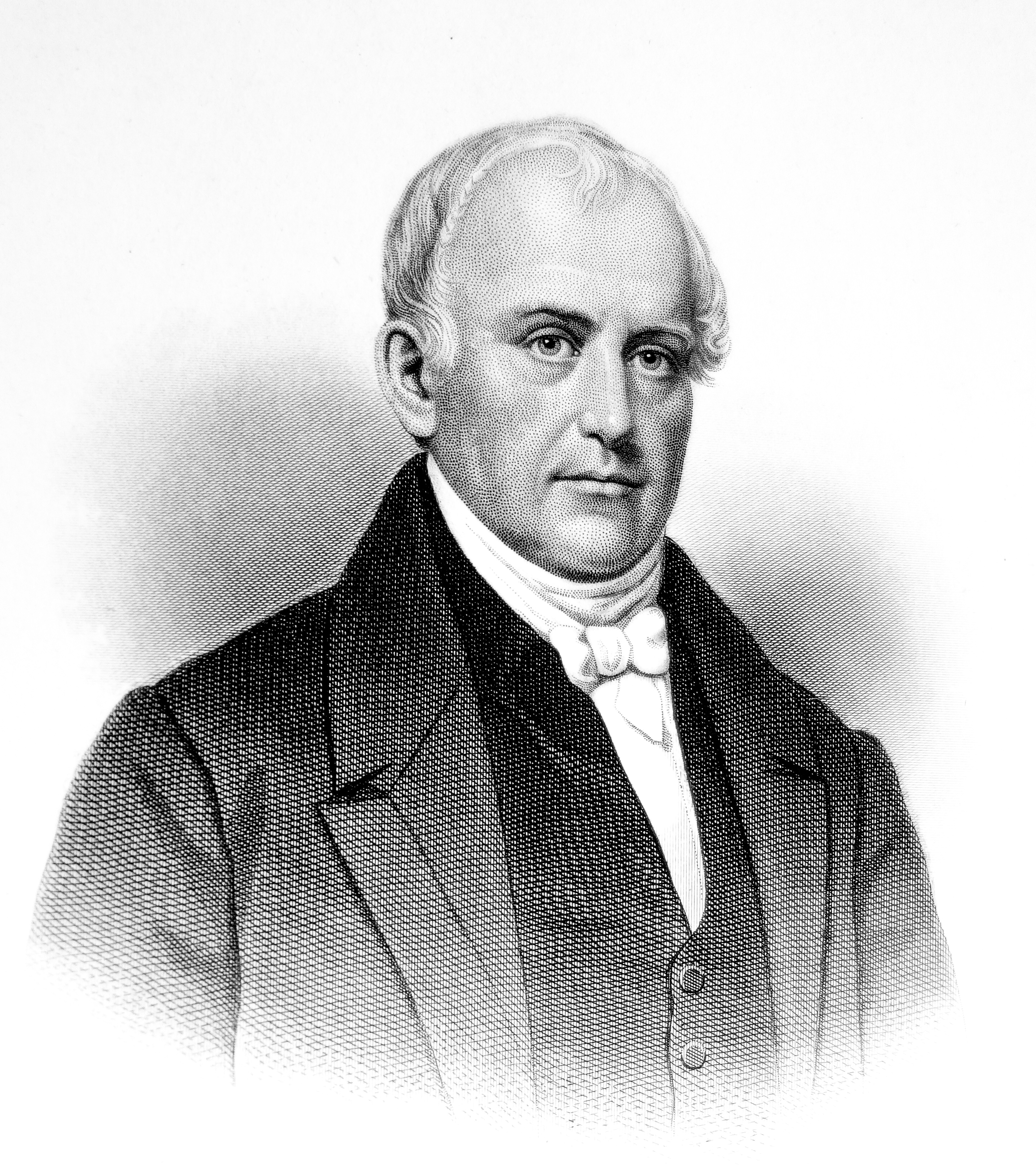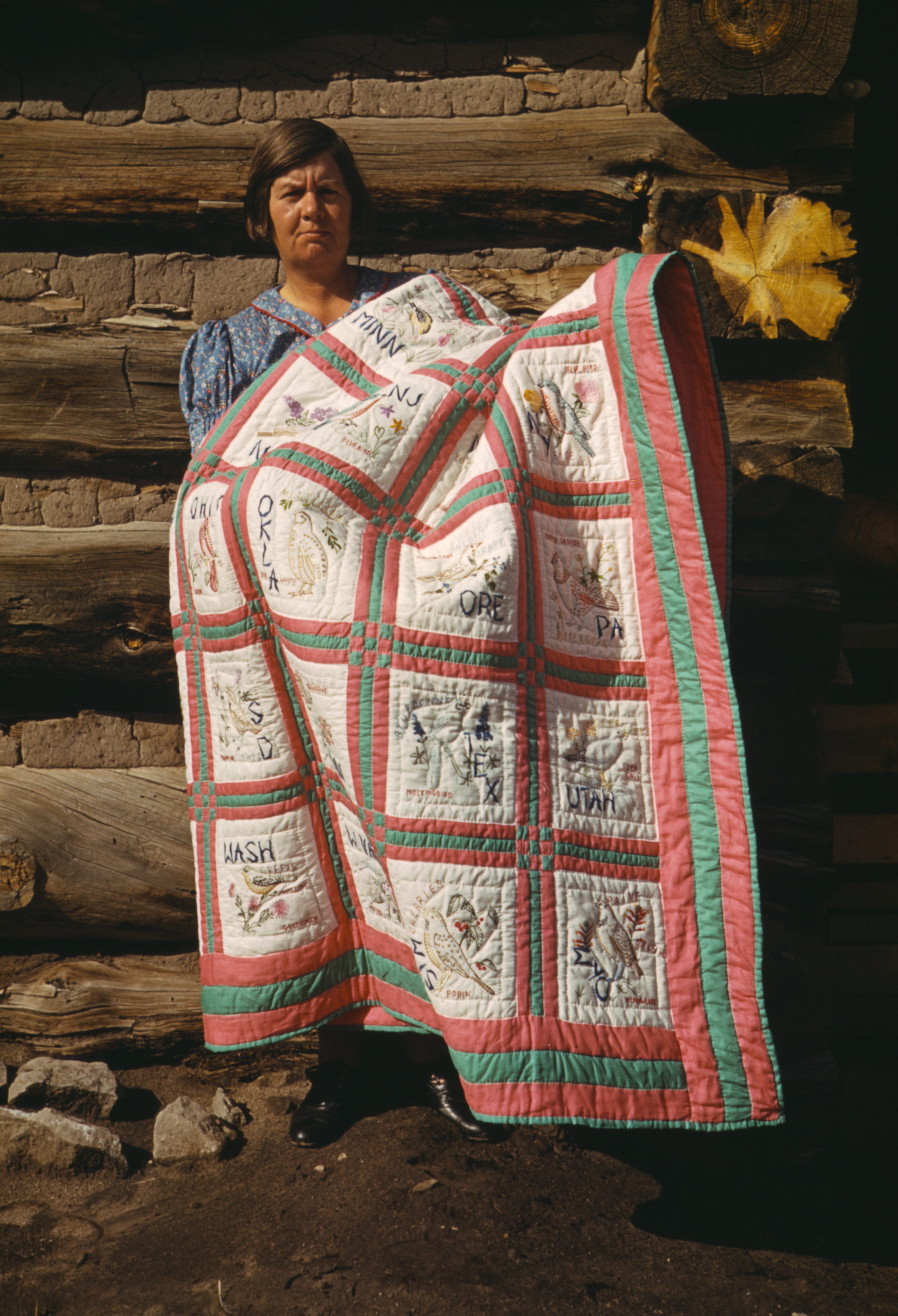|
New England Quilt Museum
The New England Quilt Museum, founded in 1987, is located in downtown Lowell, Massachusetts and is the only institute in the Northeast solely dedicated to the art and craft of quilting. It is the second-oldest quilt museum in the United States. It houses special and permanent exhibits, a library, a museum shop, and classrooms. Collections are strong in 19th century quilts, with a geographic focus on New England. History The museum opened in 1987, and was founded and staffed by quiltmakers. It has been since its start committed to both craft and fine arts quilts, with exhibits and classes incorporating contemporary as well as traditional fiber arts approaches. The museum moved into its current space in 1994, after a flood in its previous building. The new space, the historic Lowell Institute for Savings building, gave the museum more room for exhibits, collection storage and preparation, classrooms, a museum shop, and events. It is now part of the Lowell National Historical Park, ... [...More Info...] [...Related Items...] OR: [Wikipedia] [Google] [Baidu] |
Lowell, Massachusetts
Lowell () is a city in Massachusetts, in the United States. Alongside Cambridge, It is one of two traditional seats of Middlesex County. With an estimated population of 115,554 in 2020, it was the fifth most populous city in Massachusetts as of the last census, and the third most populous in the Boston metropolitan statistical area. The city also is part of a smaller Massachusetts statistical area, called Greater Lowell, and of New England's Merrimack Valley region. Incorporated in 1826 to serve as a mill town, Lowell was named after Francis Cabot Lowell, a local figure in the Industrial Revolution. The city became known as the cradle of the American Industrial Revolution because of its textile mills and factories. Many of Lowell's historic manufacturing sites were later preserved by the National Park Service to create Lowell National Historical Park. During the Cambodian genocide (1975–1979), the city took in an influx of refugees, leading to a Cambodia Town and Americ ... [...More Info...] [...Related Items...] OR: [Wikipedia] [Google] [Baidu] |
Art Museum
An art museum or art gallery is a building or space for the display of art, usually from the museum's own Collection (artwork), collection. It might be in public or private ownership and may be accessible to all or have restrictions in place. Although primarily concerned with Visual arts, visual art, art museums are often used as a venue for other cultural exchanges and artistic activities, such as lectures, performance arts, music concerts, or poetry readings. Art museums also frequently host themed temporary exhibitions, which often include items on loan from other collections. Terminology An institution dedicated to the display of art can be called an art museum or an art gallery, and the two terms may be used interchangeably. This is reflected in the names of institutions around the world, some of which are called galleries (e.g. the National Gallery and Neue Nationalgalerie), and some of which are called museums (including the Metropolitan Museum of Art, the Museum of Mo ... [...More Info...] [...Related Items...] OR: [Wikipedia] [Google] [Baidu] |
Textile Arts
Textile arts are arts and crafts that use plant, animal, or synthetic fibers to construct practical or decorative objects. Textiles have been a fundamental part of human life since the beginning of civilization. The methods and materials used to make them have expanded enormously, while the functions of textiles have remained the same, there are many functions for textiles. Whether it be clothing or something decorative for the house/shelter. The history of textile arts is also the history of international trade. Tyrian purple dye was an important trade good in the ancient Mediterranean. The Silk Road brought Chinese silk to India, Africa, and Europe, and, conversely, Sogdian silk to China. Tastes for imported luxury fabrics led to sumptuary laws during the Middle Ages and Renaissance. The Industrial Revolution was shaped largely by innovation in textiles technology: the cotton gin, the spinning jenny, and the power loom mechanized production and led to the Luddite rebel ... [...More Info...] [...Related Items...] OR: [Wikipedia] [Google] [Baidu] |
Quilting
Quilting is the term given to the process of joining a minimum of three layers of fabric together either through stitching manually using a needle and thread, or mechanically with a sewing machine or specialised longarm quilting system. An array of stitches is passed through all layers of the fabric to create a three dimensional padded surface. The three layers are typically referred to as the top fabric or quilt top, batting or insulating material and the backing. Quilting varies from a purely functional fabric joinery technique to highly elaborate, decorative three dimensional surface treatments. A wide variety of textile products are traditionally associated with quilting that includes bed coverings, soft home furnishings, garments and costumes, wall hangings, artistic objects and cultural artefacts. A wide range of effects can be employed by the quilter that contribute to the final surface quality and utility of the quilted material. The quilter controls these effect ... [...More Info...] [...Related Items...] OR: [Wikipedia] [Google] [Baidu] |
Lowell National Historical Park
Lowell National Historical Park is a National Historical Park of the United States located in Lowell, Massachusetts. Established in 1978 a few years after Lowell Heritage State Park, it is operated by the National Park Service and comprises a group of different sites in and around the city of Lowell related to the era of textile manufacturing in the city during the Industrial Revolution. In 2019, the park was included as Massachusetts' representative in the America the Beautiful Quarters series. History :''See the History of Lowell, Massachusetts article for a detailed history of the city'' First settled by Europeans in the 17th century, East Chelmsford (later renamed Lowell in honor of the founders' deceased business partner) became an important manufacturing center along the Merrimack River in the early 1820s. It was seen as an attractive site for the construction of a planned industrial city, with the Middlesex Canal (completed in 1803) linking the Merrimack to the Charle ... [...More Info...] [...Related Items...] OR: [Wikipedia] [Google] [Baidu] |
Industrial Revolution In The United States
The Industrial Revolution in the United States was an epoch during the first 100 years of United States history where the economy progressed from manual labor and farm labor to a greater degree of industrialization based on labor. There were many improvements in technology and manufacturing fundamentals with results that greatly improved overall production and economic growth in the United States. The Industrial Revolution occurred in two distinct phases, the First Industrial Revolution occurred during the latter part of the 18th century through the first half of the 19th century and the Second Industrial Revolution advanced following the American Civil War. Among the main contributors to the First Industrial Revolution were Samuel Slater's introduction of British industrial methods in textile manufacturing to the United States, Eli Whitney's invention of the cotton gin, Éleuthère Irénée du Pont's improvements in chemistry and gunpowder making, and other industrial advancem ... [...More Info...] [...Related Items...] OR: [Wikipedia] [Google] [Baidu] |
American Textile History Museum
The American Textile History Museum (ATHM), located in Lowell, Massachusetts, was founded as the Merrimack Valley Textile Museum (MVTM) in North Andover, Massachusetts in 1960 by Caroline Stevens Rogers. ATHM told America’s story through the art, science, and history of textiles. In June 2016, the museum closed. History In 1958, Caroline Stevens Rogers, a member of a textile industry family and a hand weaver and dyer, came into possession of her father’s collection of over 50 spinning wheels in various stages of collapse and a truck load of heavy beams (the disassembled parts of antique hand looms) as well as dozens of reels, winders, skarnes, riddles, and niddy-noddies. This collection had been cultivated over a 50-year period by her father, Samuel Dale Stevens (1859–1922). Caroline’s husband, Horatio Rogers, a retired doctor, restored many of the pieces. By the spring of 1958 Caroline was thinking of ways to use her father’s collection of early cloth-making equipm ... [...More Info...] [...Related Items...] OR: [Wikipedia] [Google] [Baidu] |
Museums Established In 1987
A museum ( ; plural museums or, rarely, musea) is a building or institution that cares for and displays a collection of artifacts and other objects of artistic, cultural, historical, or scientific importance. Many public museums make these items available for public viewing through exhibits that may be permanent or temporary. The largest museums are located in major cities throughout the world, while thousands of local museums exist in smaller cities, towns, and rural areas. Museums have varying aims, ranging from the conservation and documentation of their collection, serving researchers and specialists, to catering to the general public. The goal of serving researchers is not only scientific, but intended to serve the general public. There are many types of museums, including art museums, natural history museums, science museums, war museums, and children's museums. According to the International Council of Museums (ICOM), there are more than 55,000 museums in 202 countries ... [...More Info...] [...Related Items...] OR: [Wikipedia] [Google] [Baidu] |
Museums In Lowell, Massachusetts
A museum ( ; plural museums or, rarely, musea) is a building or institution that cares for and displays a collection of artifacts and other objects of artistic, cultural, historical, or scientific importance. Many public museums make these items available for public viewing through exhibits that may be permanent or temporary. The largest museums are located in major cities throughout the world, while thousands of local museums exist in smaller cities, towns, and rural areas. Museums have varying aims, ranging from the conservation and documentation of their collection, serving researchers and specialists, to catering to the general public. The goal of serving researchers is not only scientific, but intended to serve the general public. There are many types of museums, including art museums, natural history museums, science museums, war museums, and children's museums. According to the International Council of Museums (ICOM), there are more than 55,000 museums in 202 countries ... [...More Info...] [...Related Items...] OR: [Wikipedia] [Google] [Baidu] |
Quilt Museums In The United States
A quilt is a multi-layered textile, traditionally composed of two or more layers of fabric or fiber. Commonly three layers are used with a filler material. These layers traditionally include a woven cloth top, a layer of batting or wadding, and a woven back combined using the techniques of quilting. This is the process of sewing on the face of the fabric, and not just the edges, to combine the three layers together to reinforce the material. Stitching patterns can be a decorative element. A single piece of fabric can be used for the top of a quilt (a "whole-cloth quilt"), but in many cases the top is created from smaller fabric pieces joined, or patchwork. The pattern and color of these pieces creates the design. Quilts may contain valuable historical information about their creators, "visualizing particular segments of history in tangible, textured ways." In the twenty-first century, quilts are frequently displayed as non-utilitarian works of art but historically quilts were ... [...More Info...] [...Related Items...] OR: [Wikipedia] [Google] [Baidu] |
Folk Art Museums And Galleries In Massachusetts
Folk or Folks may refer to: Sociology *Nation *People * Folklore ** Folk art ** Folk dance ** Folk hero ** Folk music *** Folk metal *** Folk punk *** Folk rock ** Folk religion * Folk taxonomy Arts, entertainment, and media * Folk Plus or Folk +, an Albanian folk music channel * Folks (band), a Japanese band * '' Folks!'', a 1992 American film People with the name * Bill Folk (born 1927), Canadian ice hockey player * Chad Folk (born 1972), Canadian football player * Elizabeth Folk (c. 16th century), British martyr; one of the Colchester Martyrs * Eugene R. Folk (1924–2003), American ophthalmologist * Joseph W. Folk (1869–1923), American lawyer, reformer, and politician * Kevin Folk (born 1980), Canadian curler * Nick Folk (born 1984), American football player * Rick Folk (born 1950), Canadian curler * Robert Folk (born 1949), American film composer Other uses * Folk classification, a type of classification in geology * Folks Nation, an alliance of American stre ... [...More Info...] [...Related Items...] OR: [Wikipedia] [Google] [Baidu] |





